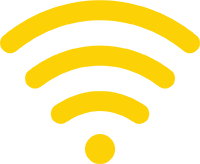Data Centre Energy Use: Critical Review of Models and Results

This Study conducts a comprehensive and critical review of existing models and assessments of the energy use of data centres.
Policy Brief: Wide Bandgap Industrial Variable Speed Drives Research Roadmap
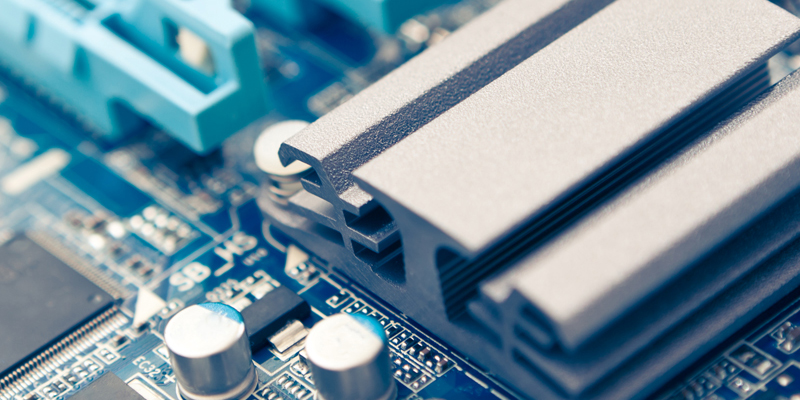
This Policy Brief highlights the importance of wide bandgap power semiconductors in industrial variable speed drives and introduces the Research Roadmap developed by EMSA in cooperation with PECTA. The Research Roadmap aims to facilitate the adoption of this new technology by addressing key challenges with dedicated research topics over the course of the next few years.
Policy Brief: Wide Bandgap Industrial Variable Speed Drives Research Roadmap

This Policy Brief highlights the importance of wide bandgap power semiconductors in industrial variable speed drives and introduces the Research Roadmap developed by EMSA in cooperation with PECTA. The Research Roadmap aims to facilitate the adoption of this new technology by addressing key challenges with dedicated research topics over the course of the next few years.
Product Policy Framework for Demand Side Flexibility: Case Studies

This report is a compilation of case studies mapping the status of residential product flexibility in seven jurisdictions using the EDNA Product Policy Framework for Demand Side Flexibility. The report aims to test the effectiveness of the framework for mapping product policy and to collate approaches across a range of jurisdictions.
Advancing the energy efficiency of home energy storage systems

This report explores the energy efficiency of home energy storage systems (HESS), identifies current standards available to test HESS energy efficiency performance, identifies current barriers to lifting the minimum energy efficiency of HESS, and makes recommendations to address these barriers.
Solid-State Lighting: Health Effects and Knowledge Gaps
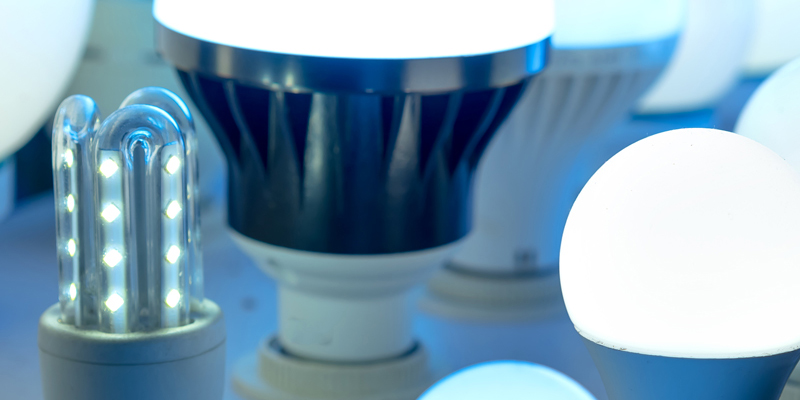
The health effects of LED lamps and luminaires used for general lighting were reviewed by an international team of researchers working under the 4E SSLC Platform.
IEA 4E Smart Sustainability in Lighting and Controls (SSLC) Platform: A New Term Focused on Smart Lighting Systems, 2024 to 2029

IEA 4E Smart Sustainability in Lighting and Controls (SSLC) Platform: A New Term Focused on Smart Lighting Systems, 2024 to 2029.
Solid State Lighting: Review of Health Effects

This report offers a comprehensive review of the scientific knowledge acquired in the course of the last ten years on the effects of solid state light on human health.
SSLC Platform Overview for BRICS-ISA Conference in Shenzhen, China

IEA 4E Smart Sustainability in Lighting and Controls (SSLC) Platform: A New Term Focused on Smart Lighting Systems, 2024 to 2029 Michael Scholand, L.C., Deputy Manager (presenting) Prof. Georges Zissis, Chair, Management Committee Peter Bennich, Ph.D., Deputy Chair, Management Committee Nils Borg, Manager 18 July 2024 BRICS Smart Lighting Industry Summit, Shenzhen, China
Digitalisation in electric motor systems – Part I: Findings for policy makers

This report summarises EMSA’s research on the digitalisation of electric motor systems between 2021 – 2024. It formulates nine recommendations for policy makers on how to advance digitalisation in motor systems.
Policy development on energy efficiency of data centres
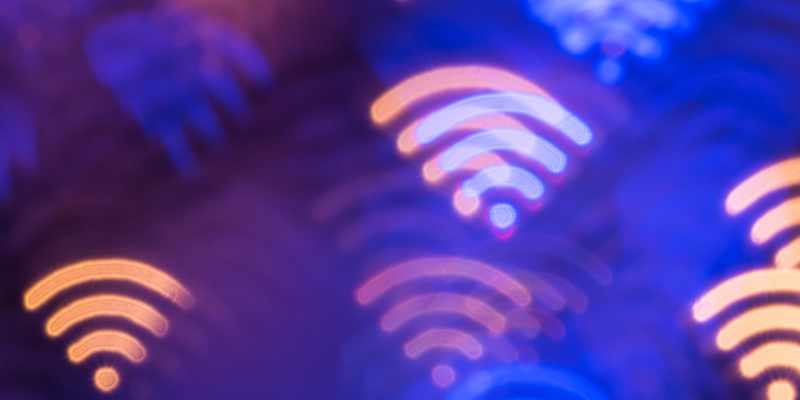
For data centre energy efficiency, this report provides: overview of data collection/registration projects, overview of current/planned government measures, quantitative estimates of savings from possible measures, and issues for policy makers to consider.
Understanding LED performance: Evidence-based approaches to supporting stakeholders of energy-efficient lighting programmes

The SSL Annex takes an evidence-based approach to evaluating LED product performance. Using comprehensive market data from product registries and other sources, the Annex developed recommendations on product performance and research into test methods that reduce the time and cost burden for government, industry and consumers. This paper highlights several activities that exemplify this evidence-based […]
Policy Brief – Round Robin for Variable Speed Drives

This Policy Brief summarises the key findings of the international Round Robin for Variable Speed Drives.
Policies for Data Centre Energy Efficiency: Scope, Trends and Availability of Data

This report proposes a definition and characterisation of data centres, presents trends in their energy use, and analyses the availability of data which might be used as inputs to energy efficiency metrics.
Smart Lighting – New Features Impacting Energy Consumption
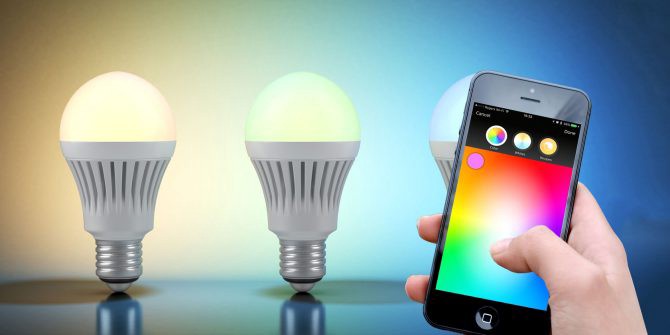
Smart lamps and luminaires are common in today’s lighting market. Smart lighting provides an opportunity for the consumer to benefit from wireless control of lighting products, e.g. by dimming, colour tuning and scheduling. These functions can provide energy saving but they also require energy consumption to supply standby power and gateways.
Mobile Device Efficiency

This report analyses the energy use of mobile devices, compares policies and identifies policy gaps.
Energy Efficiency Metrics for Data Centres

This study explores the existing metrics for data centre efficiency, and identifies which metric(s) might be suited for use by policy makers.
SSL Quality and Performance Requirements

The 4E SSL Annex has published its new and updated “quality and performance requirements” for the most popular LED lamps and luminaires.
Progressing Energy Efficiency Policies for Systems
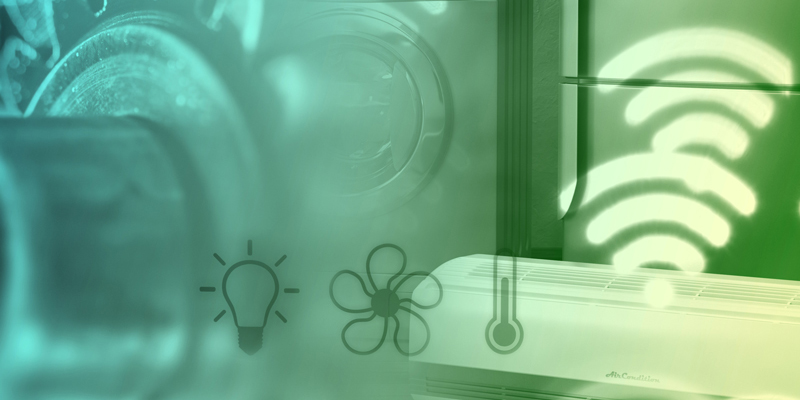
Systems are described as the next frontier for energy efficiency policy, offering the potential to unlock huge energy savings in equipment-based energy-using systems.
In this summary we highlight some of the key findings from 4E’s investigations over several years.
4E PEET Status of Electric Motor Regulations 2022 (Updated December 2022)

Update of energy efficiency regulations and trends in 4E economies

































